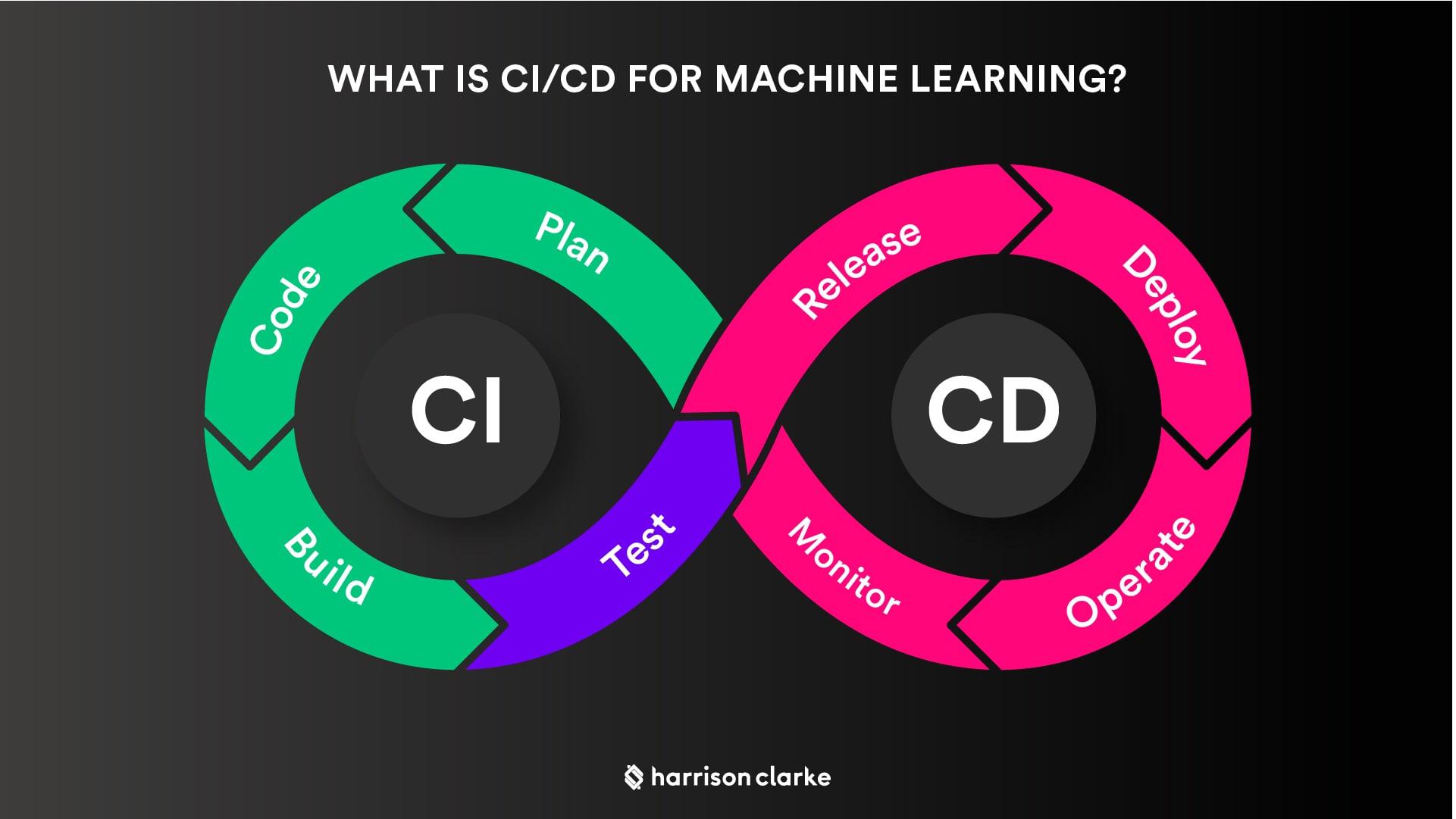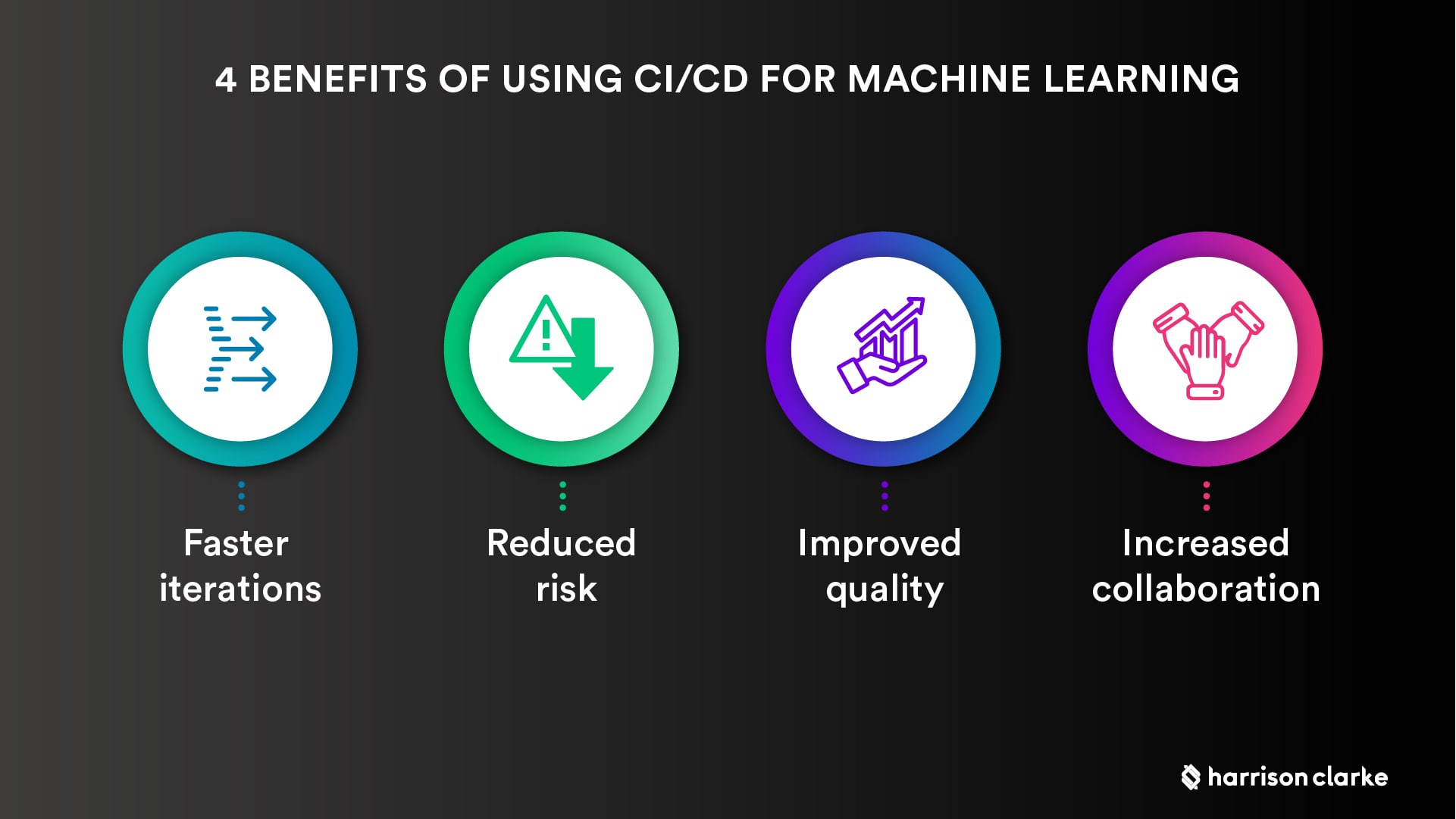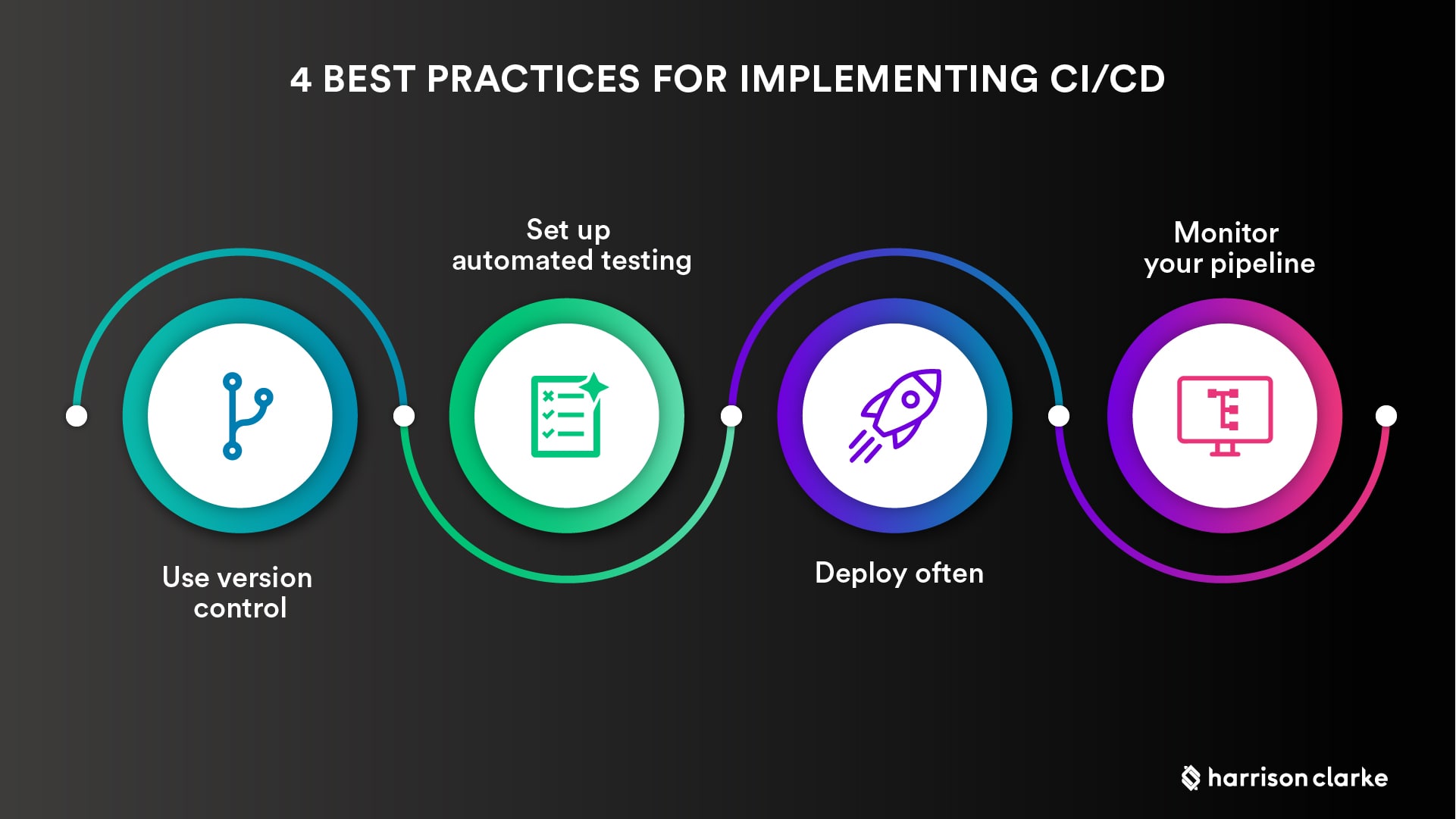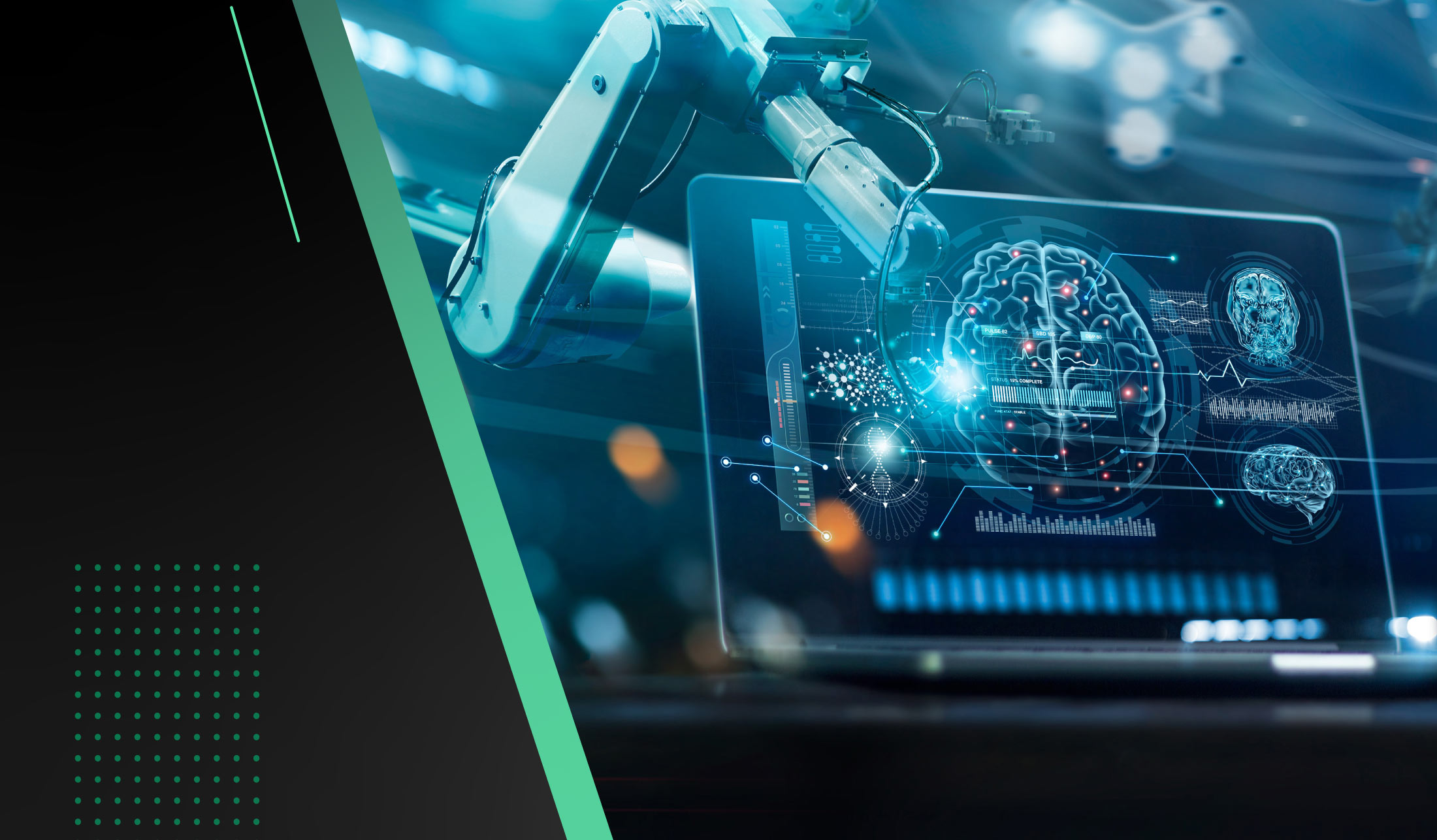As machine learning becomes an increasingly integral part of many businesses, it's important to understand how to integrate it into your software development workflow. In this blog post, we'll give an overview of CI/CD for machine learning and explain how it differs from traditional CI/CD. We'll also discuss the benefits of CI/CD for machine learning and provide best practices for implementing CI/CD in a machine learning workflow.
What is CI/CD for Machine Learning?

Continuous integration and delivery (CI/CD) is a process that automates the steps involved in software development, from writing code to deploying applications. CI/CD pipelines are typically used in agile development environments where new features are added frequently. However, CI/CD can also be used in machine learning development to automate the training, testing, and deployment of machine learning models.
CI/CD pipelines for machine learning can be complex because they need to take into account data pre-processing, feature engineering, model training, model evaluation, and model deployment. However, using CI/CD can help simplify the process by automating many of the steps involved. Additionally, CI/CD can help reduce the risk involved in deploying machine learning models by automatically testing models before they are deployed to production.
Benefits of Using CI/CD for Machine Learning

There are several benefits of using CI/CD for machine learning development:
- Faster iterations: Automating the process of training and testing machine learning models can help speed up the development cycle by reducing the amount of time spent on manual tasks.
- Reduced risk: By automatically testing models before they are deployed to production, you can catch errors early on and avoid potential problems down the road.
- Improved quality: Automated testing can help ensure that models meet your quality standards before they are deployed.
- Increased collaboration: Using a shared CI/CD pipeline can help facilitate collaboration between different teams working on a machine learning project.
Best Practices for Implementing CI/CD in a Machine Learning Workflow

When implementing CI/CD in a machine learning workflow, there are a few best practices to keep in mind:
- Use version control: Version control systems like Git can help you manage changes to your codebase and collaborate with other developers on your team.
- Set up automated testing: Automated testing can help ensure that your models meet your quality standards before they are deployed to production.
- Deploy often: Deploying frequently can help reduce the risk of errors and improve the quality of your models.
- Monitor your pipeline: Monitoring your pipeline can help you identify bottlenecks and optimize your workflow.
Implementing CI/CD in a machine learning workflow can help improve the speed, quality, and collaboration of your project. By following best practices such as using version control and setting up automated testing, you can ensure that your project is successful.



